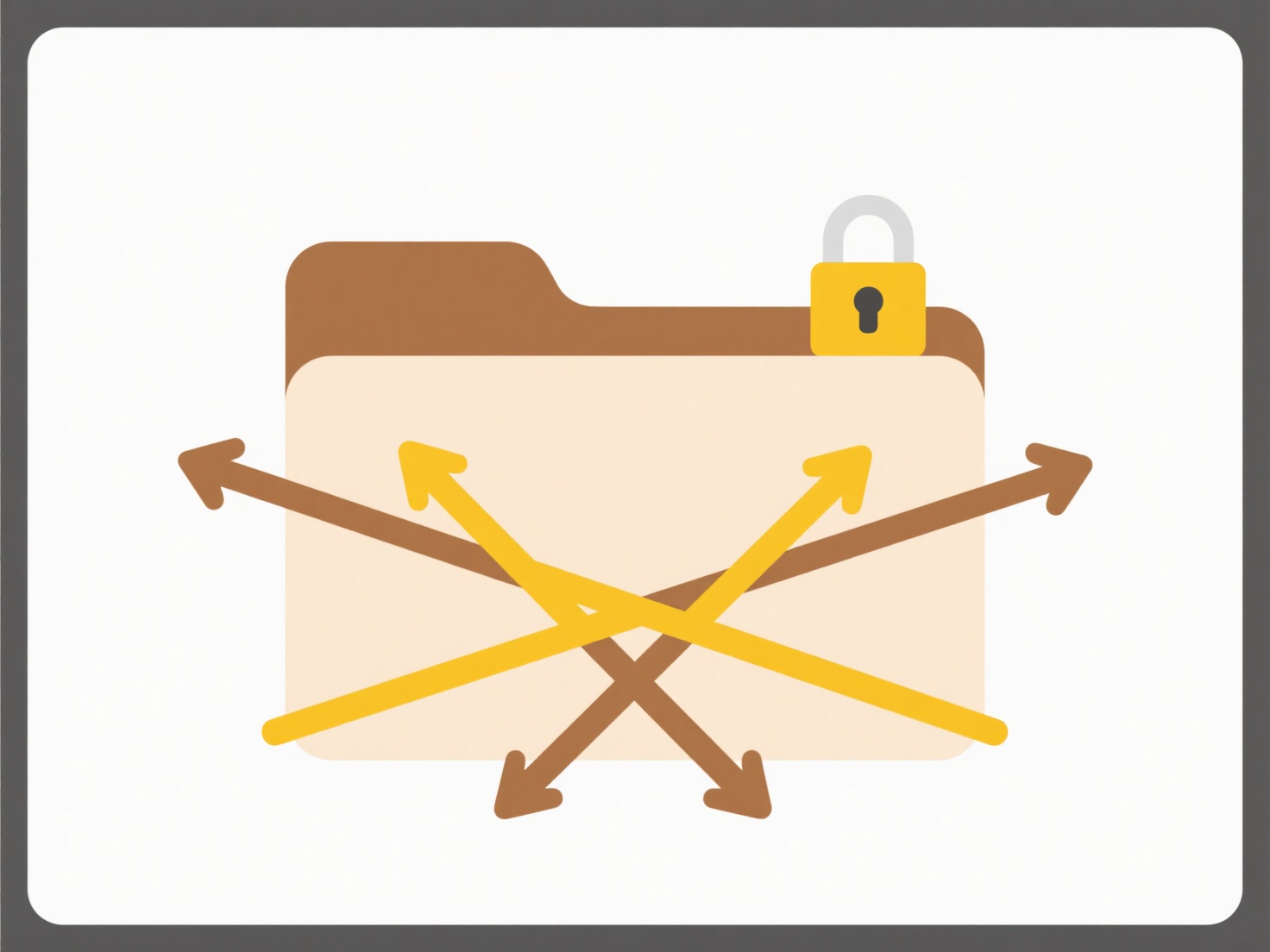
Bulk renaming submissions involves modifying the filenames of multiple student assignments simultaneously within a Learning Management System (LMS). Instead of manually editing each file one-by-one, instructors or administrators use specialized features often found in the LMS gradebook or assignment management area. This process automates the renaming task, typically requiring downloading a file list or export, editing filenames externally (like in a spreadsheet), and re-uploading the changes or using a built-in bulk edit tool. It significantly differs from individual renaming in terms of efficiency and scale.
Common platforms like Canvas facilitate this through its SpeedGrader Download/Upload function, where instructors download all submissions as a ZIP, optionally rename the files locally, and re-upload the entire set. Moodle offers similar functionality, often via its "Download all submissions" link and subsequent upload options. This is primarily used by educators and TAs in educational institutions during grading periods to standardize messy filenames submitted by students for easier tracking and review.

The main advantage is a massive time reduction and consistent naming (e.g., LastName_FirstName_Assignment.docx), improving grader workflow organization, potential anonymity in blind grading, and record-keeping. Key limitations include reliance on specific LMS features (capability varies), a potential need for manual spreadsheet editing during the process, and the risk of errors if filename mappings are incorrect during upload. This capability directly enhances instructor efficiency in large courses.
How do I bulk rename submissions in an LMS?
Bulk renaming submissions involves modifying the filenames of multiple student assignments simultaneously within a Learning Management System (LMS). Instead of manually editing each file one-by-one, instructors or administrators use specialized features often found in the LMS gradebook or assignment management area. This process automates the renaming task, typically requiring downloading a file list or export, editing filenames externally (like in a spreadsheet), and re-uploading the changes or using a built-in bulk edit tool. It significantly differs from individual renaming in terms of efficiency and scale.
Common platforms like Canvas facilitate this through its SpeedGrader Download/Upload function, where instructors download all submissions as a ZIP, optionally rename the files locally, and re-upload the entire set. Moodle offers similar functionality, often via its "Download all submissions" link and subsequent upload options. This is primarily used by educators and TAs in educational institutions during grading periods to standardize messy filenames submitted by students for easier tracking and review.

The main advantage is a massive time reduction and consistent naming (e.g., LastName_FirstName_Assignment.docx), improving grader workflow organization, potential anonymity in blind grading, and record-keeping. Key limitations include reliance on specific LMS features (capability varies), a potential need for manual spreadsheet editing during the process, and the risk of errors if filename mappings are incorrect during upload. This capability directly enhances instructor efficiency in large courses.
Quick Article Links
How do I tag files in Windows or macOS?
File tagging attaches keywords or labels to files beyond their name or location. In Windows, open File Explorer, right-c...
Can duplicate naming rules be enforced in a team?
Duplicate naming rules prevent identical names for files, records, or items within a shared team workspace. They work by...
Why can’t I open a Word (.docx) file?
DOCX files are the default format for Microsoft Word documents since 2007, using XML-based structures. You may be unable...